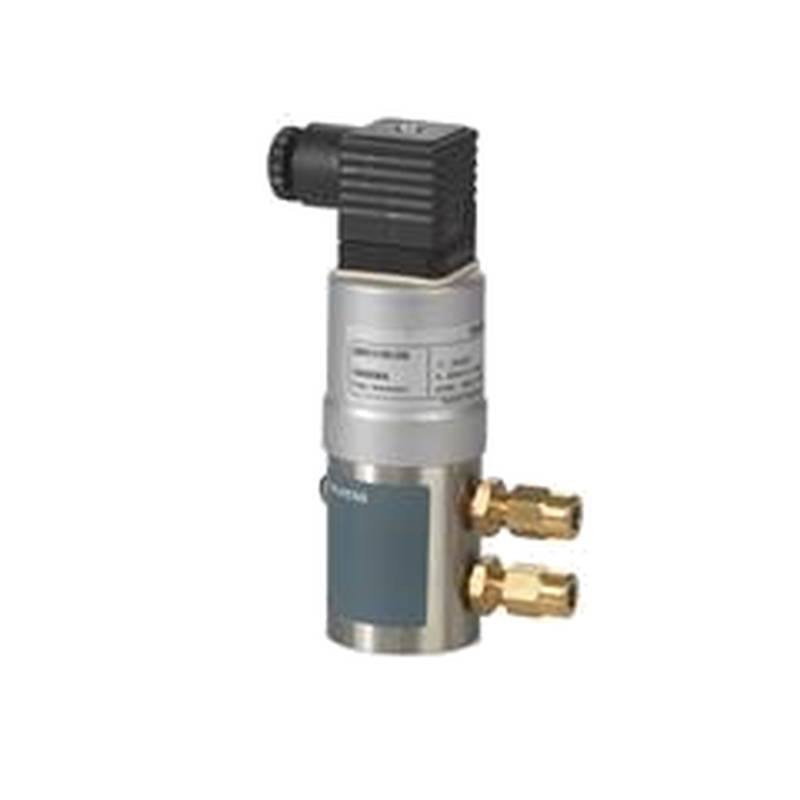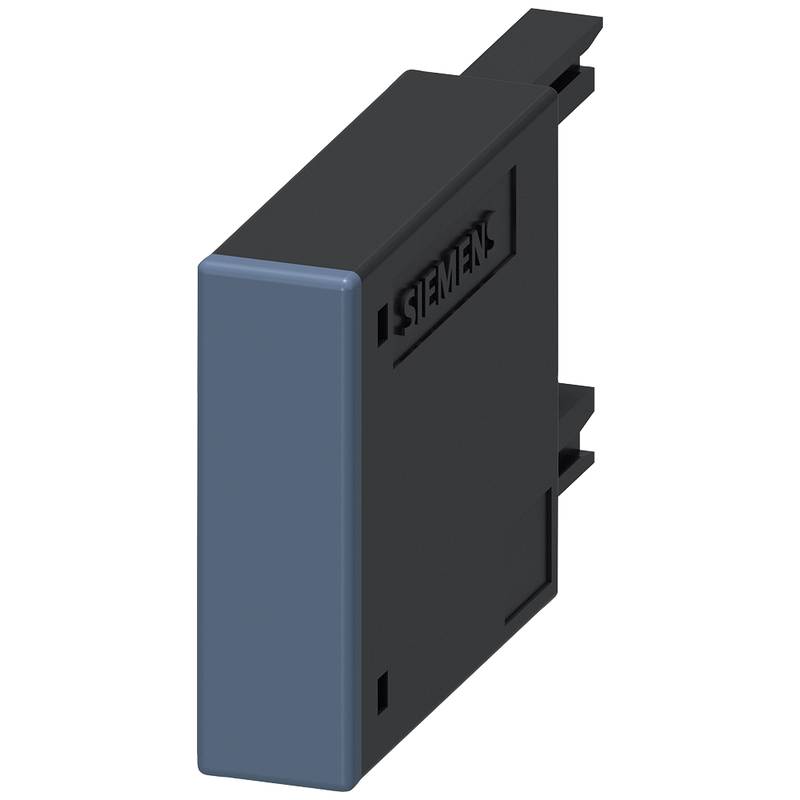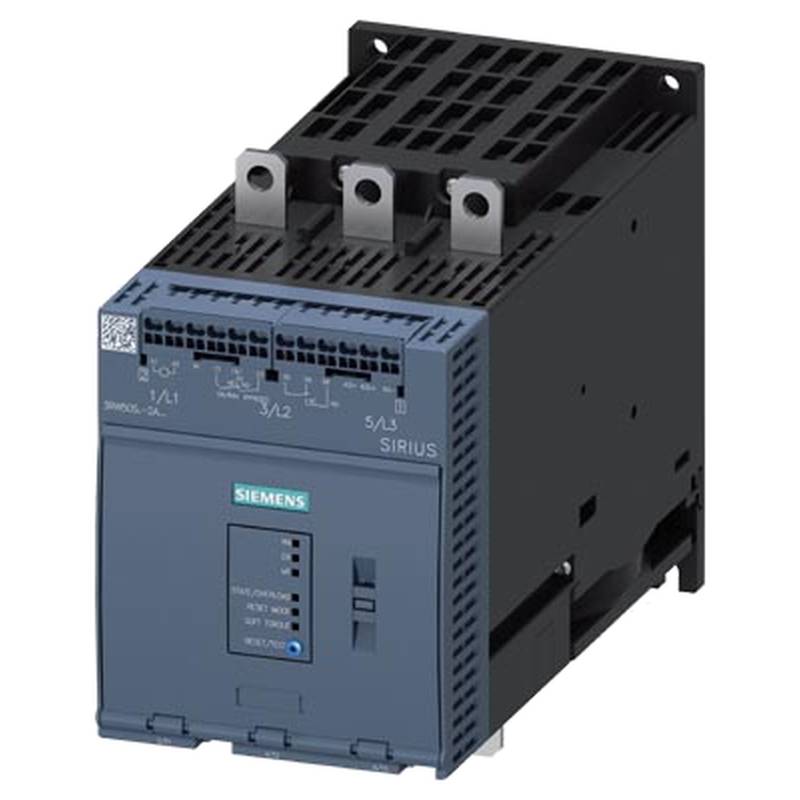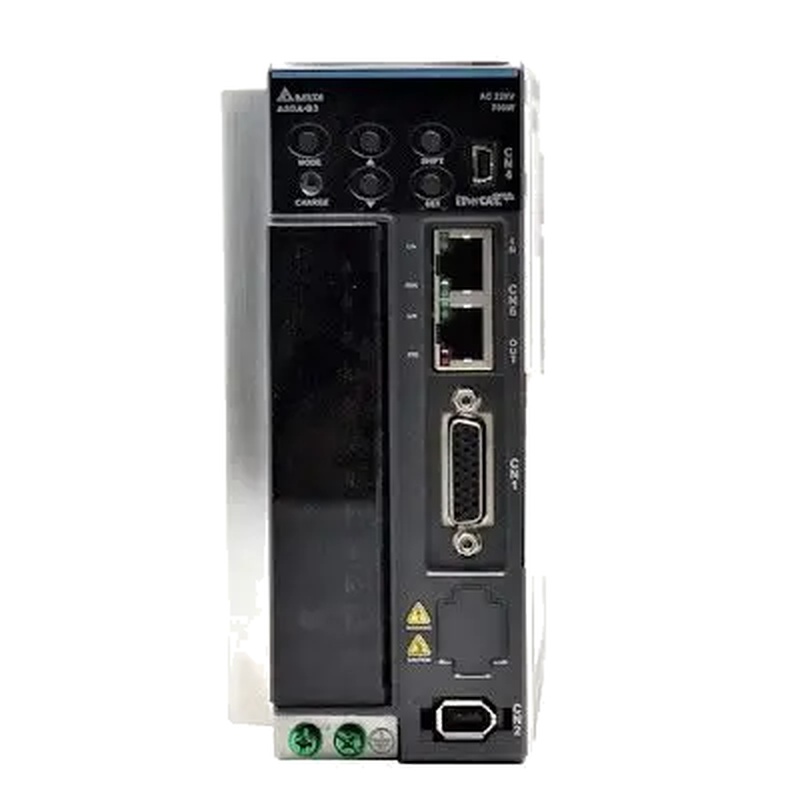
The Siemens 5SU9156-7VK16 Residual Current Circuit Breaker (RCCB) offers advanced protection for sensitive electronic equipment, boasting a 16A current rating, 10mA sensitivity, and a 1-pole + neutral configuration with a Type C tripping curve. This device is engineered to safeguard critical systems from damaging earth leakage currents, ensuring operational continuity and preventing costly downtime. Its key advantages lie in its high sensitivity, rapid response time, and robust construction, making it an indispensable component for modern electrical installations prioritizing equipment integrity.
| Specification | Value |
| :------------------------ | :-------------------------- |
| Product Type | RCCB (Residual Current Circuit Breaker) |
| Model Number | 5SU9156-7VK16 |
| Rated Current (In) | 16 A |
| Rated Residual Operating Current (IΔn) | 10 mA |
| Number of Poles | 1P + N (1 Pole + Neutral) |
| Tripping Curve Type | C |
| Voltage (Ue) | 230/400 V AC |
| Frequency | 50/60 Hz |
| Breaking Capacity (Im) | 6 kA |
| Environmental Protection | IP20 (Device), IP40 (Enclosure) |
| Terminal Type | Cage Clamp Terminal |
| Mounting Type | DIN Rail |
| Approvals | CE, VDE, CCC |
Core Features & Market Positioning
The Siemens 5SU9156-7VK16 distinguishes itself in the market through its precision in detecting small residual currents, a critical requirement for protecting sensitive electronics like PLCs, VFDs, and IT infrastructure. The 10mA sensitivity is particularly noteworthy, offering a higher level of protection than standard 30mA devices against fire hazards and electric shock, especially in environments with complex wiring and sensitive loads. Its Type C tripping characteristic provides enhanced immunity to nuisance tripping caused by inrush currents typical of inductive loads, ensuring stable operation without compromising safety. This combination positions the 5SU9156-7VK16 as a premium solution for applications demanding reliability and advanced fault detection.
Key Application Scenarios
This Siemens RCCB is ideally suited for protecting sensitive electronic equipment in various industrial and commercial settings. Common applications include safeguarding programmable logic controllers (PLCs) in manufacturing automation, variable frequency drives (VFDs) controlling motor speeds, uninterruptible power supplies (UPS) for IT data centers, and sophisticated control systems in building management. Its 10mA sensitivity makes it particularly valuable in areas where personnel are in close proximity to electrical equipment or where fire prevention is paramount, such as control cabinets, server rooms, and specialized machinery enclosures. The 16A rating is appropriate for circuits with moderate power consumption, ensuring comprehensive protection without oversizing.
Practical System Integration Guidance
Integrating the Siemens 5SU9156-7VK16 into existing electrical systems is straightforward due to its standard DIN rail mounting and familiar 1P+N configuration. Ensure the incoming power supply is de-energized before commencing installation. Connect the line conductors to the designated "L" and "N" terminals and the load conductors accordingly. The device is designed for easy termination using cage clamp terminals, which provide a secure and vibration-resistant connection for solid and stranded conductors up to 10 mm². Proper grounding of the protected equipment is essential for the RCCB to function effectively. Always adhere to local electrical codes and standards during installation.
Operation and Risk Mitigation
The 5SU9156-7VK16 operates by continuously monitoring the current flowing through the live and neutral conductors. If an imbalance (indicating a leakage current) exceeding 10mA is detected, it rapidly disconnects the circuit, mitigating the risk of electric shock, equipment damage, and fire. In the event of a fault, the test button integrated into the device can be used for periodic functional checks. Common troubleshooting involves verifying that the leakage current is indeed above the tripping threshold and checking for any loose connections or damaged wiring in the protected circuit. Ensure the device is rated for the circuit's voltage and current to prevent operational failures.
Scalability & Long-Term Value
Siemens' commitment to interoperability ensures that the 5SU9156-7VK16 integrates seamlessly with other Siemens components within industrial automation platforms, such as SENTRON circuit protection devices. This facilitates the creation of robust and scalable electrical distribution systems. While RCCBs are primarily protective devices, their reliability and adherence to stringent safety standards contribute to long-term operational value by minimizing unscheduled downtime and extending the lifespan of sensitive electronic assets. For enhanced system monitoring and predictive maintenance capabilities, consider integrating this RCCB within a broader smart electrical infrastructure that leverages digital communication protocols.
---
Frequently Asked Questions (FAQs)
Q1: What is the primary function of the Siemens 5SU9156-7VK16 RCCB?
This device functions as a Residual Current Circuit Breaker, designed to detect and interrupt electrical circuits when it senses an imbalance in current flow. This imbalance typically signifies a leakage current to earth, which can cause electric shock or fire. It offers enhanced protection for sensitive electronic equipment.
Q2: How does the 10mA sensitivity of the 5SU9156-7VK16 benefit electronic equipment?
A 10mA sensitivity allows for the detection of very small leakage currents, providing a higher level of protection against fire hazards. For sensitive electronics, this means quicker detection of incipient faults before they can cause damage or lead to system failure. It minimizes potential damage from even minor earth faults.
Q3: Can the Siemens 5SU9156-7VK16 protect against overloads and short circuits?
No, the 5SU9156-7VK16 is specifically an RCCB, meaning it is designed for earth leakage protection only. It does not provide overcurrent protection against overloads or short circuits. For comprehensive circuit protection, it must be used in conjunction with an appropriate miniature circuit breaker (MCB) or fuse.
Q4: What does the 'C' in the tripping curve Type C signify for this RCCB?
The 'C' tripping curve indicates that the RCCB is designed to tolerate higher inrush currents than Type B devices. This makes it suitable for circuits with inductive loads, such as motors or transformers, preventing nuisance tripping during startup while still ensuring rapid protection against earth faults.
Q5: What is the maximum voltage and current this RCCB can handle?
The Siemens 5SU9156-7VK16 has a rated current of 16A, meaning it is designed for circuits drawing up to this amperage. Its rated operational voltage is typically 230V AC for single-phase applications, consistent with its 1P+N configuration. Always verify specific voltage ratings for your region.
Q6: Is the 5SU9156-7VK16 suitable for residential or only industrial applications?
While primarily marketed for industrial applications requiring protection of sensitive electronics, its 10mA tripping current also offers enhanced personal protection. It can be used in residential settings where such advanced protection is desired or required, especially for circuits supplying sensitive entertainment or computing equipment.
Q7: How do I install the Siemens 5SU9156-7VK16 RCCB?
Installation involves de-energizing the circuit and mounting the RCCB onto a standard 35mm DIN rail. Connect the line conductor to the 'L' terminal and the neutral conductor to the 'N' terminal. The load conductors are then connected to the corresponding output terminals. Ensure all connections are secure and follow local electrical codes.
Q8: What are the benefits of using a 1P+N RCCB configuration?
A 1P+N (1 Pole + Neutral) configuration ensures that both the live and neutral conductors are switched and protected. This is crucial for complete isolation of the circuit during a fault, especially in systems where the neutral conductor carries current and can be a path for leakage. It offers a higher safety standard than a single-pole device.
Q9: How often should I test the functionality of the 5SU9156-7VK16?
It is recommended to test the functionality of RCCBs periodically, typically monthly. Most RCCBs have a built-in test button. Pressing this button simulates a fault condition, causing the device to trip if it is functioning correctly. This ensures the device remains operational.
Q10: What type of conductors can be used with the terminal connections of this RCCB?
The Siemens 5SU9156-7VK16 features cage clamp terminals, which are designed to securely accommodate both solid and finely stranded copper conductors. The maximum conductor cross-section typically supported is 10 mm² for these types of terminals. Ensure proper stripping length for a reliable connection.























